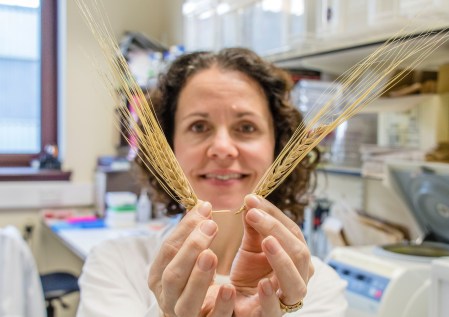
New gene combinations in barley could prove a budding success for breeders and brewers across the world, according to a new study by a group of Scottish plant scientists.
The study, a joint project between the University of Dundee and the James Hutton Institute, suggests that new barley lines – created by bringing together novel genetic variation – could dramatically benefit the brewing and distilling industries by offering improved grain quality.
As the study explains, barley can have heads with either two or six rows of grain. Currently, the malt industries in the UK prefer two-row barley due to its grain uniformity, but this could change in the wake of the new findings.
Dr Sarah McKim, who led the team, says that combining variation from different genes both increased grain uniformity and grain weight on each head of six-row barley.
“Current cultivated 6-row barley shows poor grain uniformity, which is undesirable for malting,” McKim explains. “Compared to 2-rowed types, 6-row barley also has a decreased number of heads per plant, meaning that yield is lower than its potential.
“However, we discovered that combining specific pairs of ‘row-type’ genes generated barley with improved grain uniformity, but also increased the number of heads per plant, while other combinations increase grain weight even compared to 2-row barley, ticking many of the boxes barley growers may want.
“These combinations are a promising start and could impact brewing and distilling here and across the globe. The next step is to see how these combinations perform in an elite breeding environment and how well they flourish in the field.”
The research is available to view online, and was funded by the Biotechnological and Biological Research Council, the Scottish Government and by a Royal Society of Edinburgh Personal Research Fellowship to Dr. McKim.
